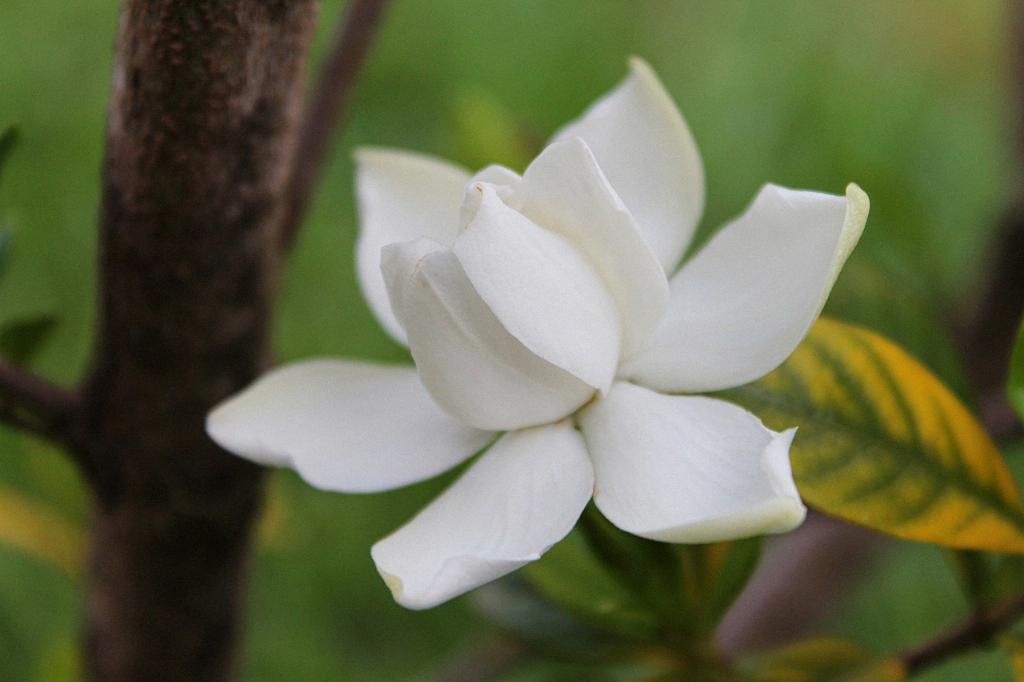When gardenia leaves start to turn yellow, it can be concerning for any plant lover. Several factors can contribute to this issue, with the most common reasons being nutrient deficiency, root rot, pests, improper watering, or environmental stress.
Nutrient Deficiency as a Leading Cause
If root rot is not the culprit, a nutrient deficiency is likely the reason behind yellowing gardenia leaves. When older leaves display a yellow hue, it often indicates a lack of nitrogen or magnesium. On the other hand, if younger leaves are turning yellow, it may be due to low iron levels in the soil.
The Impact of Root Rot
Root rot, caused by overwatering or poor drainage, can also lead to yellow gardenia leaves. This condition hinders the plant’s ability to absorb essential nutrients, resulting in discoloration and eventual leaf drop. It is crucial to address root rot promptly to prevent further damage.
Potential Pest Infestations
Pests such as aphids, spider mites, or whiteflies can attack gardenia plants, causing leaves to yellow and distort. These tiny invaders feed on the plant’s sap, weakening its overall health. Regular monitoring and appropriate pest control measures are essential to keep these insects at bay.
Improper Watering Practices
Overwatering or underwatering can stress gardenias, leading to yellow leaves. Inconsistent watering routines can disrupt the plant’s moisture balance and nutrient uptake. It is crucial to establish a watering schedule that meets the plant’s requirements without overwhelming its roots.
Environmental Stressors
Gardenias are sensitive to environmental changes, such as extreme temperatures, insufficient sunlight, or poor air circulation. These stressors can manifest as yellow leaves, indicating that the plant is struggling to adapt. Providing optimal growing conditions is key to maintaining healthy foliage.
Understanding the Role of pH Levels
Gardenias thrive in slightly acidic soil with a pH range of 5.0 to 6.5. High soil pH levels can impede nutrient absorption, leading to yellowing leaves. Regular soil testing and amendments can help maintain the ideal pH balance for healthy plant growth.
Signs of Overfertilization
Excessive fertilization can harm gardenias, causing nutrient imbalances and yellowing leaves. Signs of overfertilization may include burnt leaf tips, stunted growth, and leaf discoloration. Following a proper fertilization schedule and using balanced formulations is essential for plant health.
The Importance of Proper Pruning
Pruning gardenias helps promote airflow, light penetration, and new growth. Neglected or overcrowded branches can contribute to yellow leaves by limiting the plant’s access to sunlight and air. Regular pruning sessions allow for rejuvenation and overall plant vitality.
Preventative Measures for Healthy Leaves
To maintain vibrant green foliage on your gardenia plants, it is vital to address potential issues promptly. Regularly inspect the leaves for signs of yellowing, check the soil moisture levels, monitor for pests, and ensure proper growing conditions. With proactive care, you can help your gardenias thrive.
Consulting with Plant Experts
If you are unsure about the cause of your gardenia’s yellow leaves or need tailored advice, don’t hesitate to consult with local horticulturists or garden center professionals. They can offer guidance on plant care practices, diagnose issues accurately, and recommend suitable solutions for your specific situation.
Final Thoughts on Yellow Gardenia Leaves
Yellowing leaves on gardenia plants can indicate underlying problems that require attention. By understanding the potential causes, implementing proper care strategies, and staying vigilant, you can help your gardenias regain their green vibrancy and thrive in their environment.

